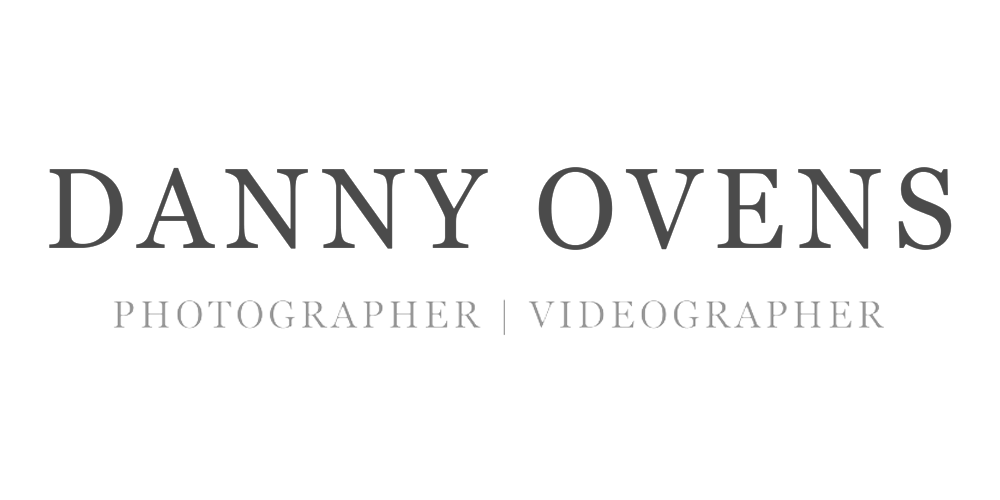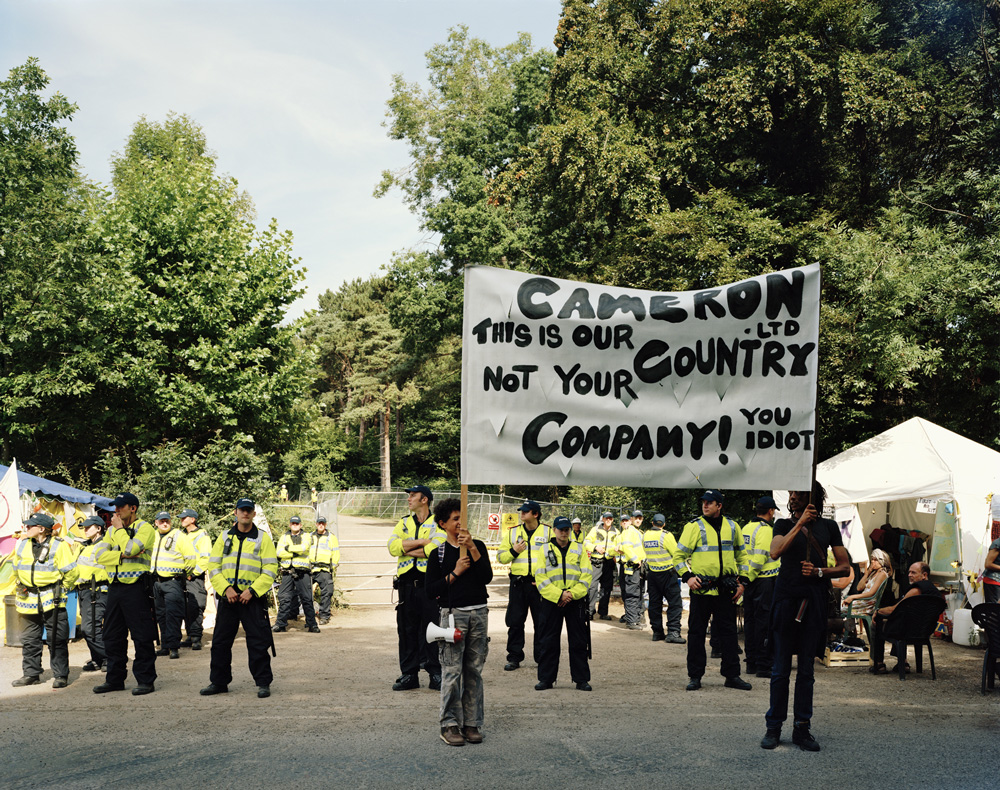Murray Ballard was a very interesting photographer and I am glad that he came in to talk to us about his work. His study within photography was different to anything I had ever heard of - cryonics. This is the practice of freezing bodies after they die with the aim to bring them back to life in the future when technology has advanced enough.
His project on Prospect of Immortality was a fascinating but slightly disturbing one. Many of the images were just of the machinery used to complete the practice, however some of the photos, like the girl with the photo of her mother (as pictured below) are very emotional and have a deeper meaning behind them.
Though I found cryonics fascinating, I believe that the way in which Murray spoke about it was in a very scientific way, somewhat contrasting how most photographers would look to explain their work. Personally, I find more interest in finding out why photos were taken, how they were set up and what they mean to the person taking them however, I believe there was not enough of that and was too much of the plain science behind how cryonicists work.
He then moved on from this project to discuss some of his commissioned work, such as the renewable energy sources in the UK and 'How to Genetically Modify a Tomato and Other Things We Eat' which was commissioned by The British Science Association for a science fair, but his self-motivated project called 'Frack Off' was far more interesting to me, mainly because it was a personal project in which came from the heart. This was about the controversy of fracking, in which he was interested in after seeing the renewable energy sources available and knowing that fracking was not needed, despite the government was saying it would happen anyway. Below are some photos from this self-driven project.
Overall, I would like to say that I was interested in every topic that he brought to the table, however would have liked to see more about what the photos meant to him and how they were taken.
NOTES FROM LECTURE:




